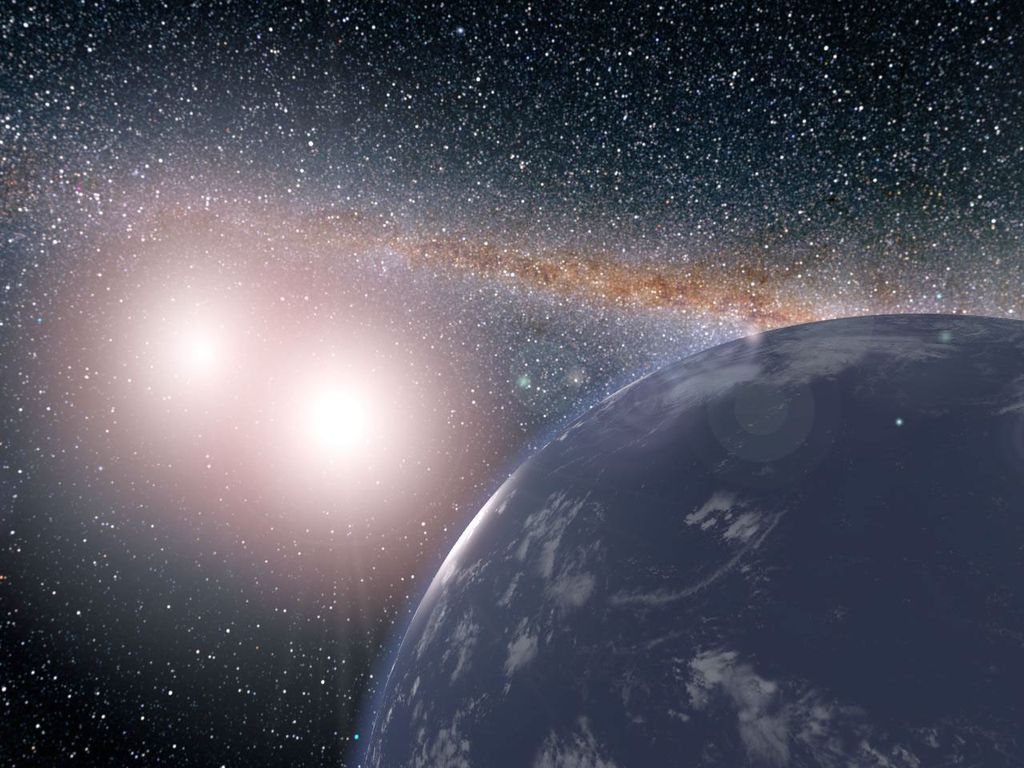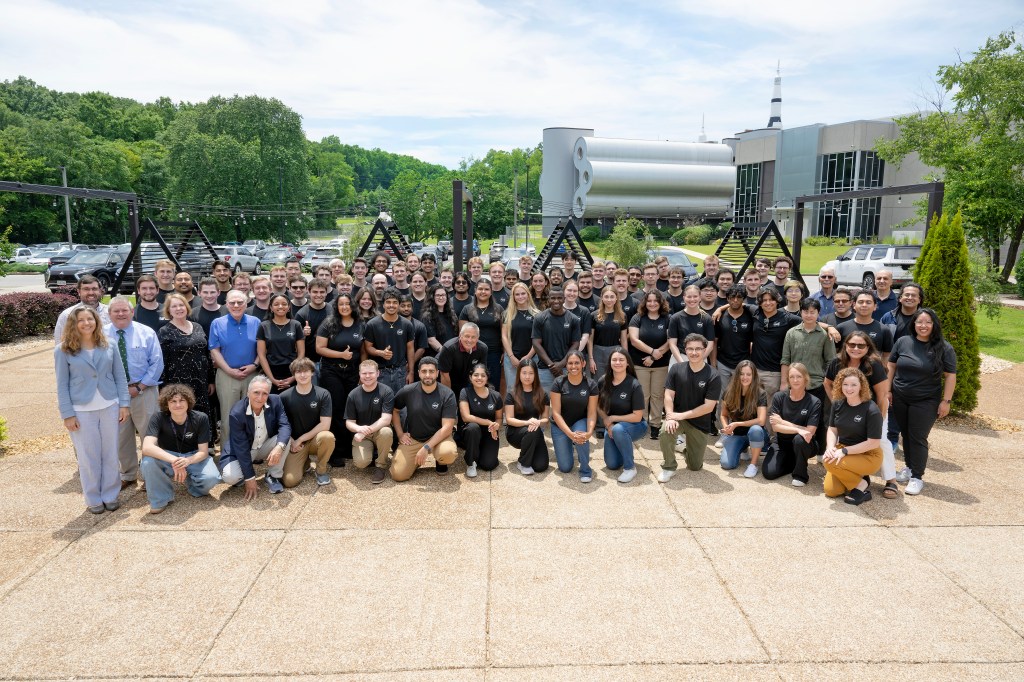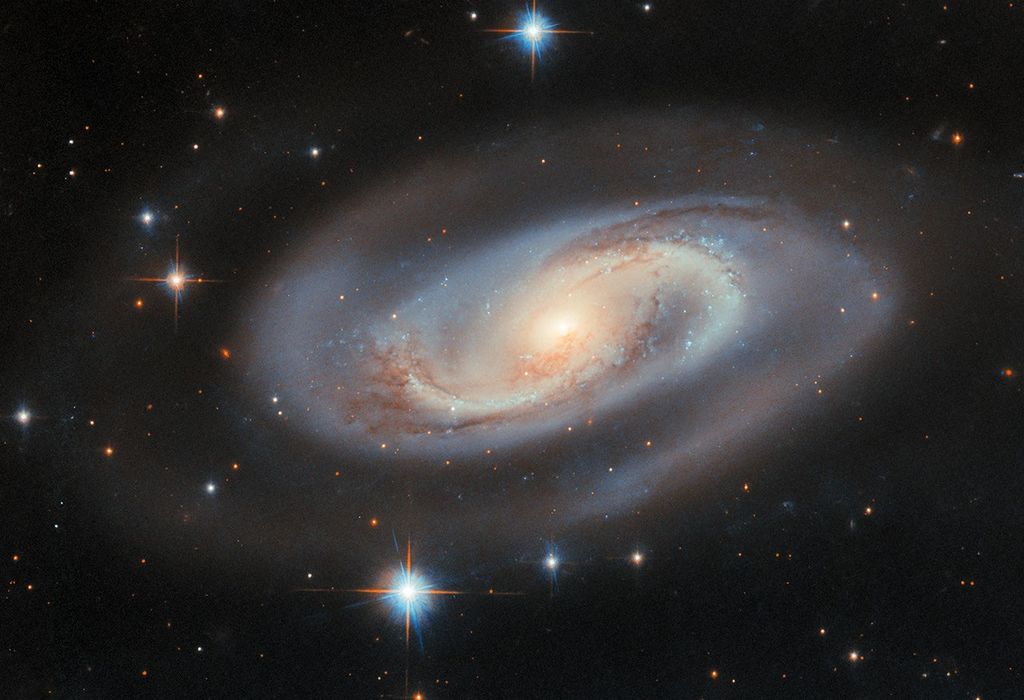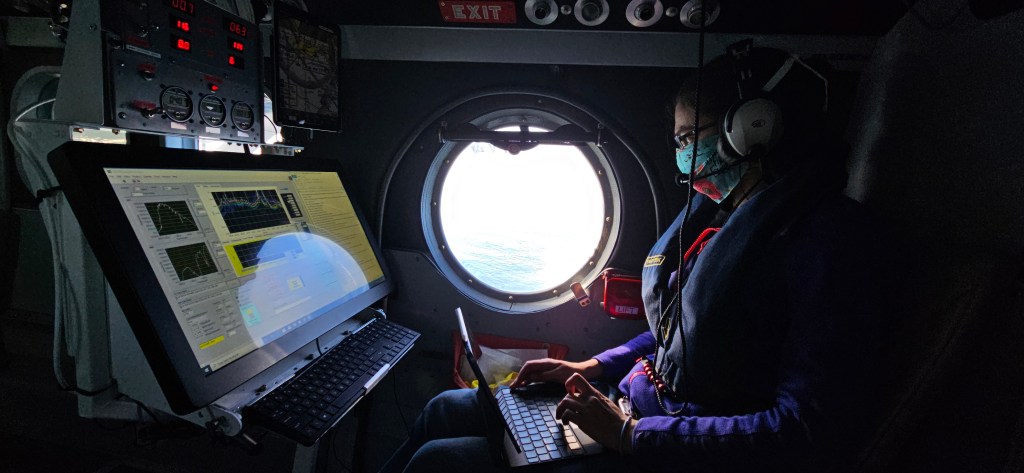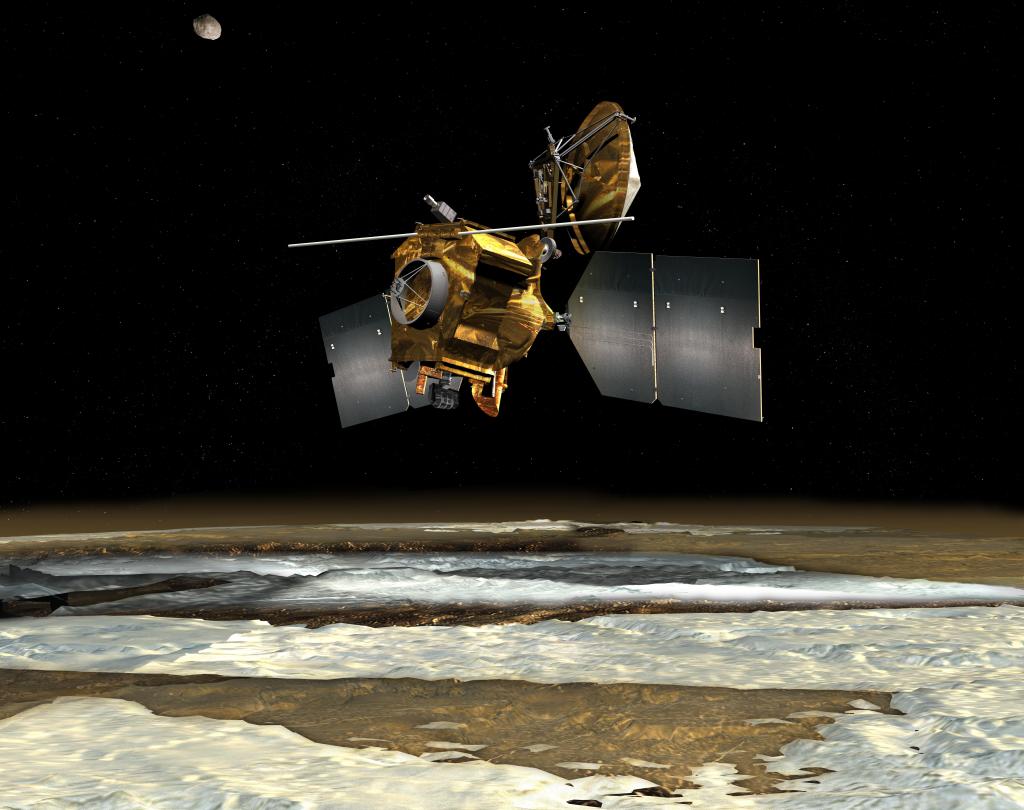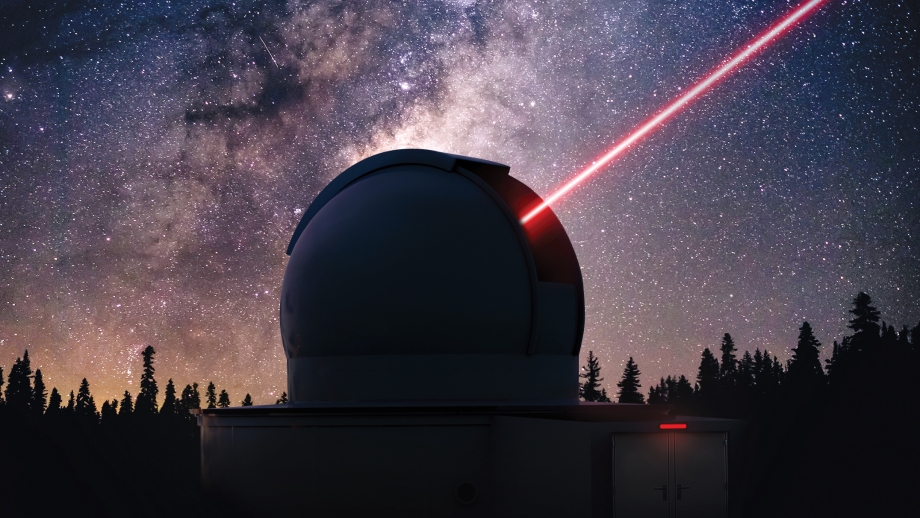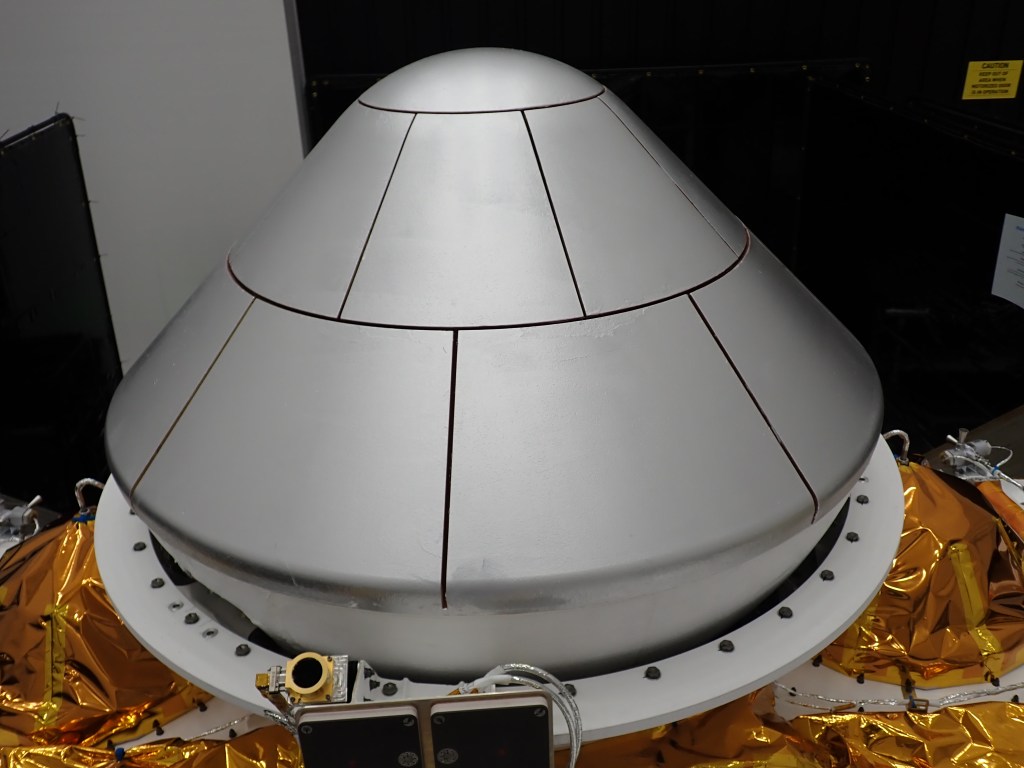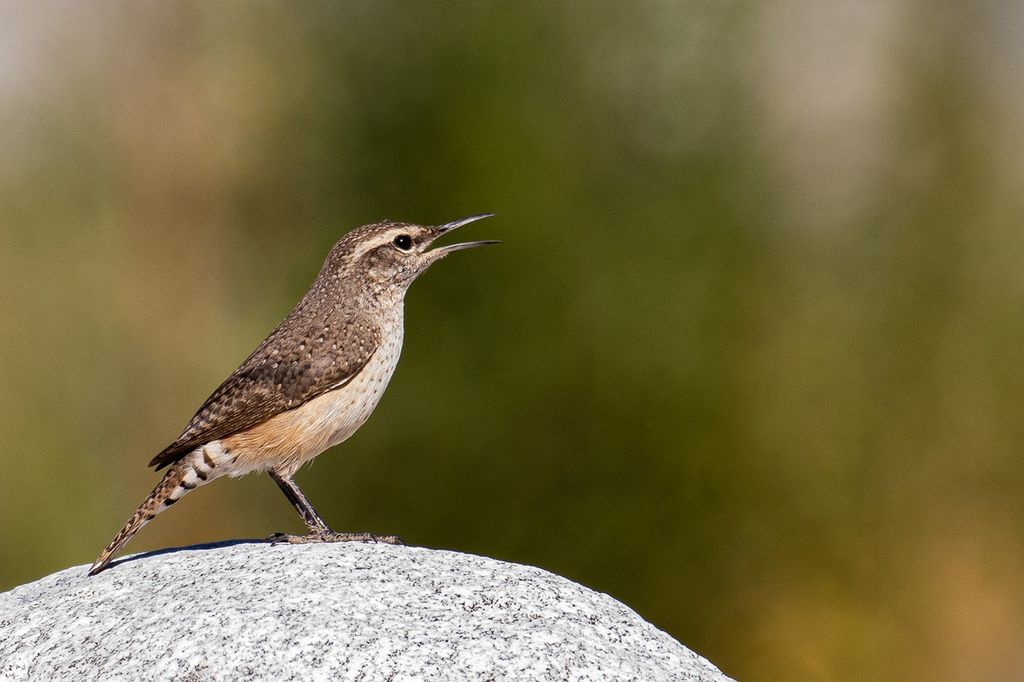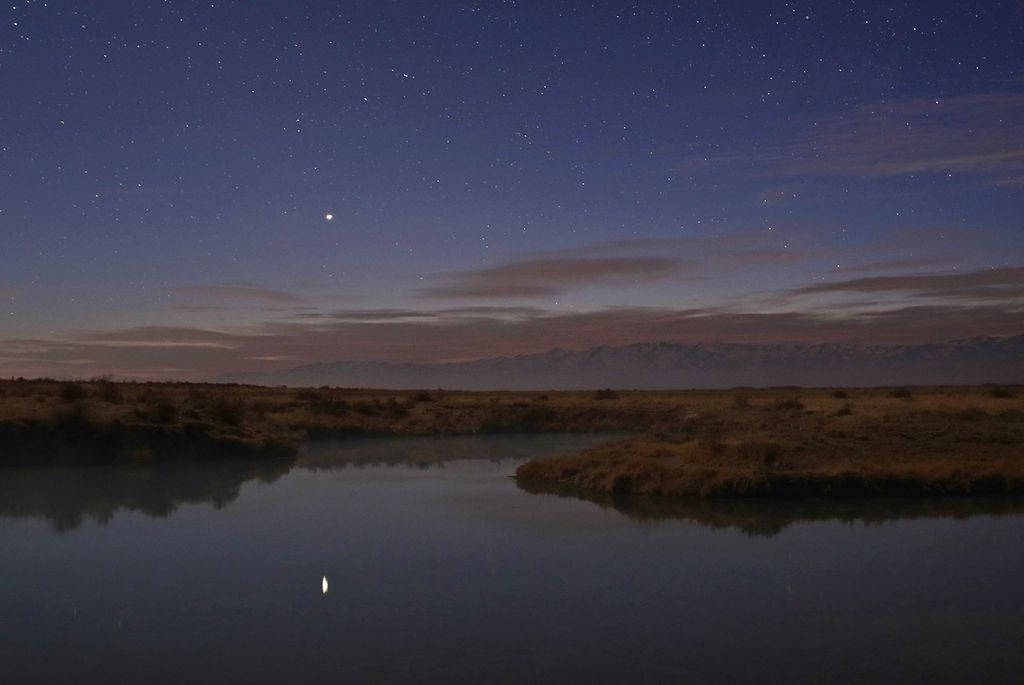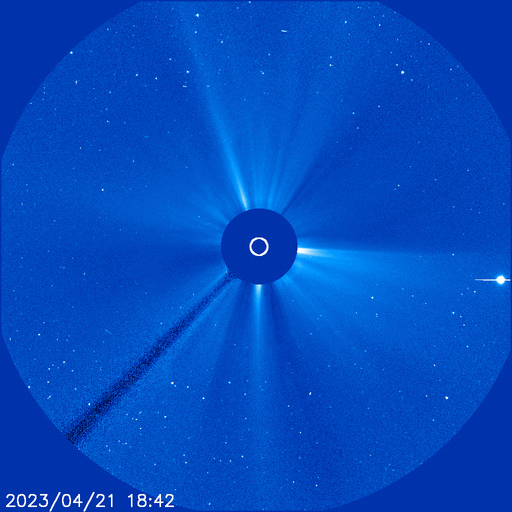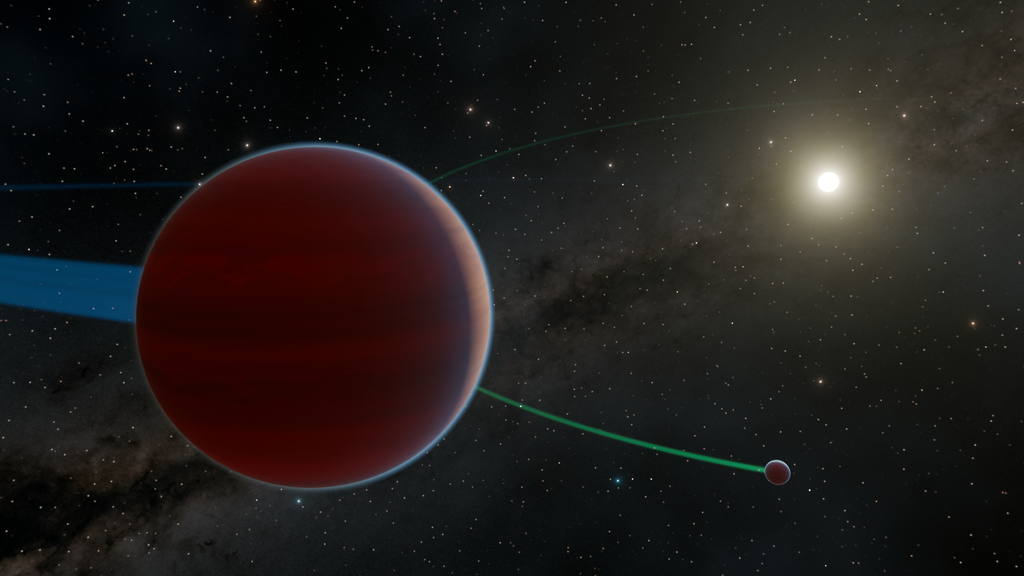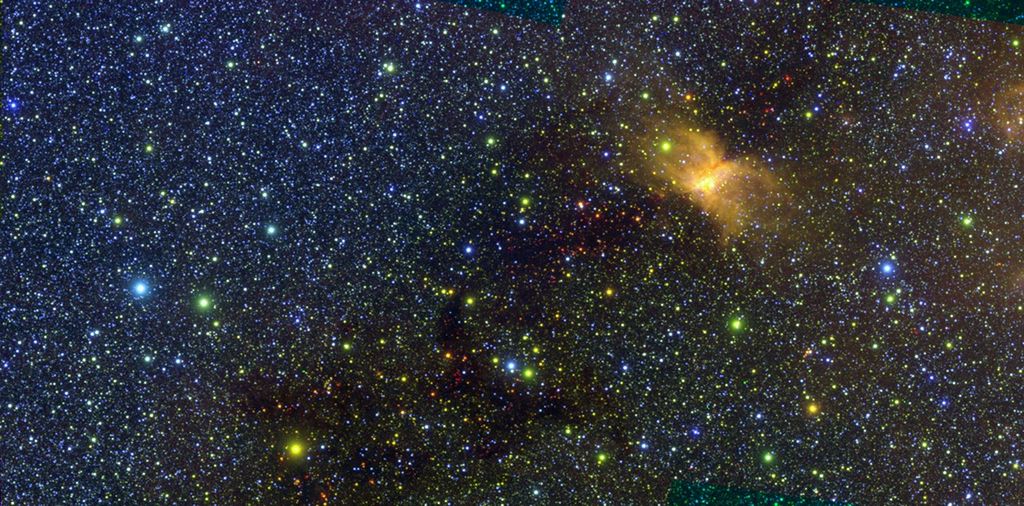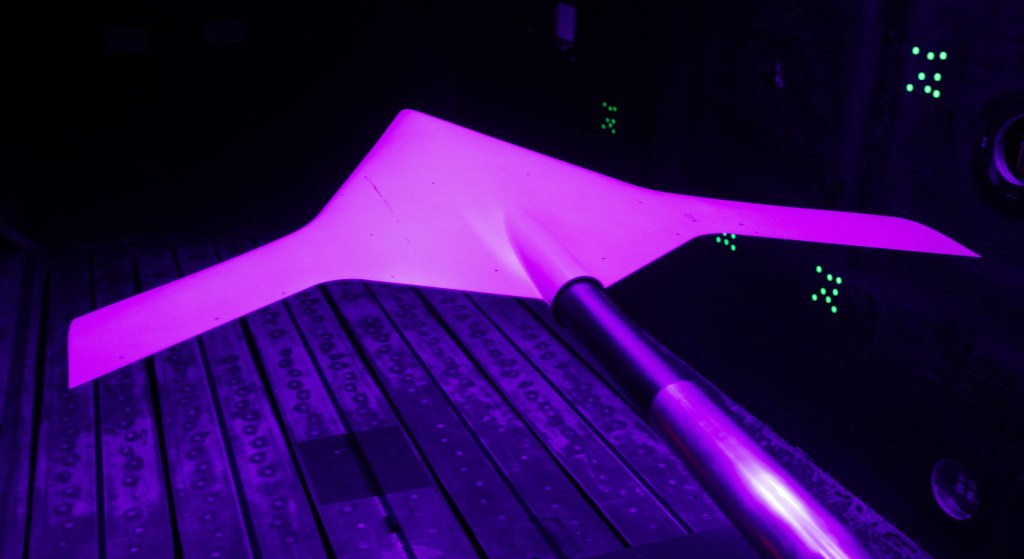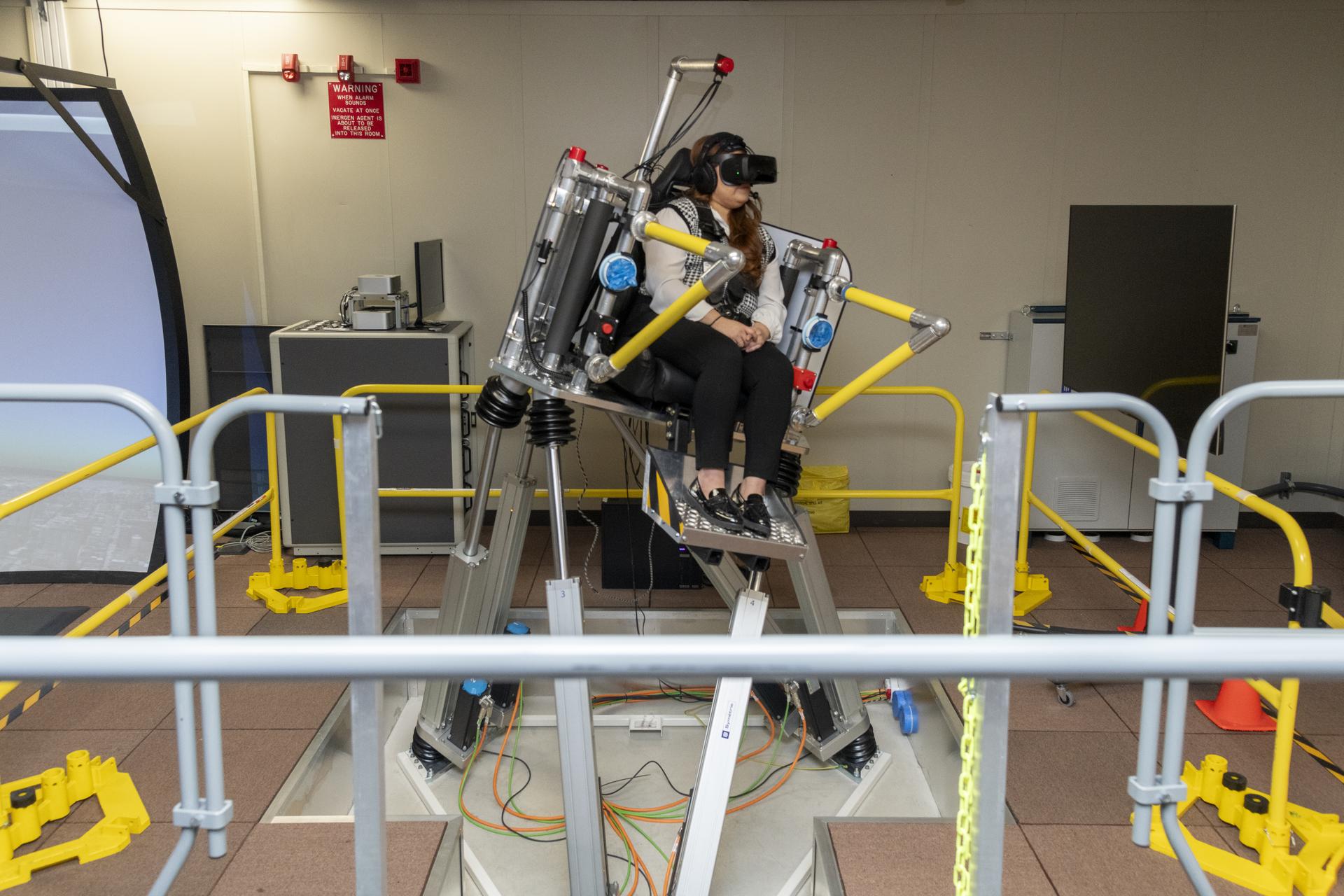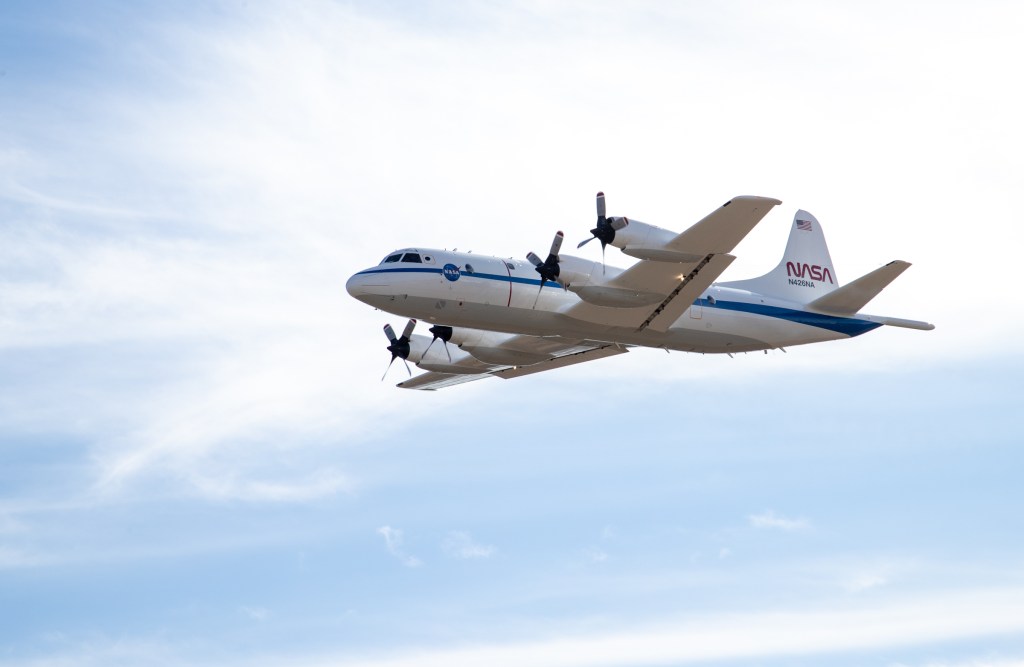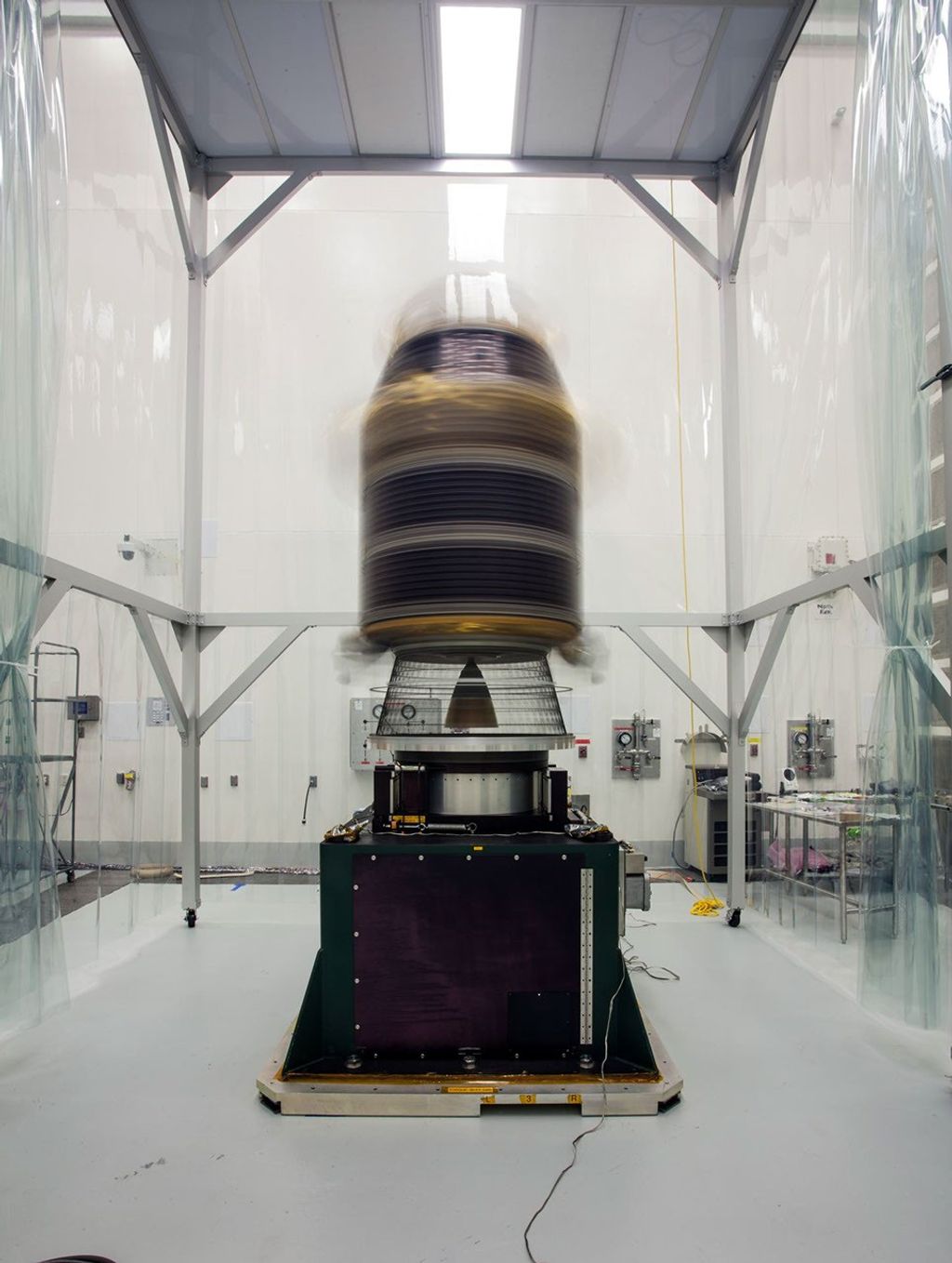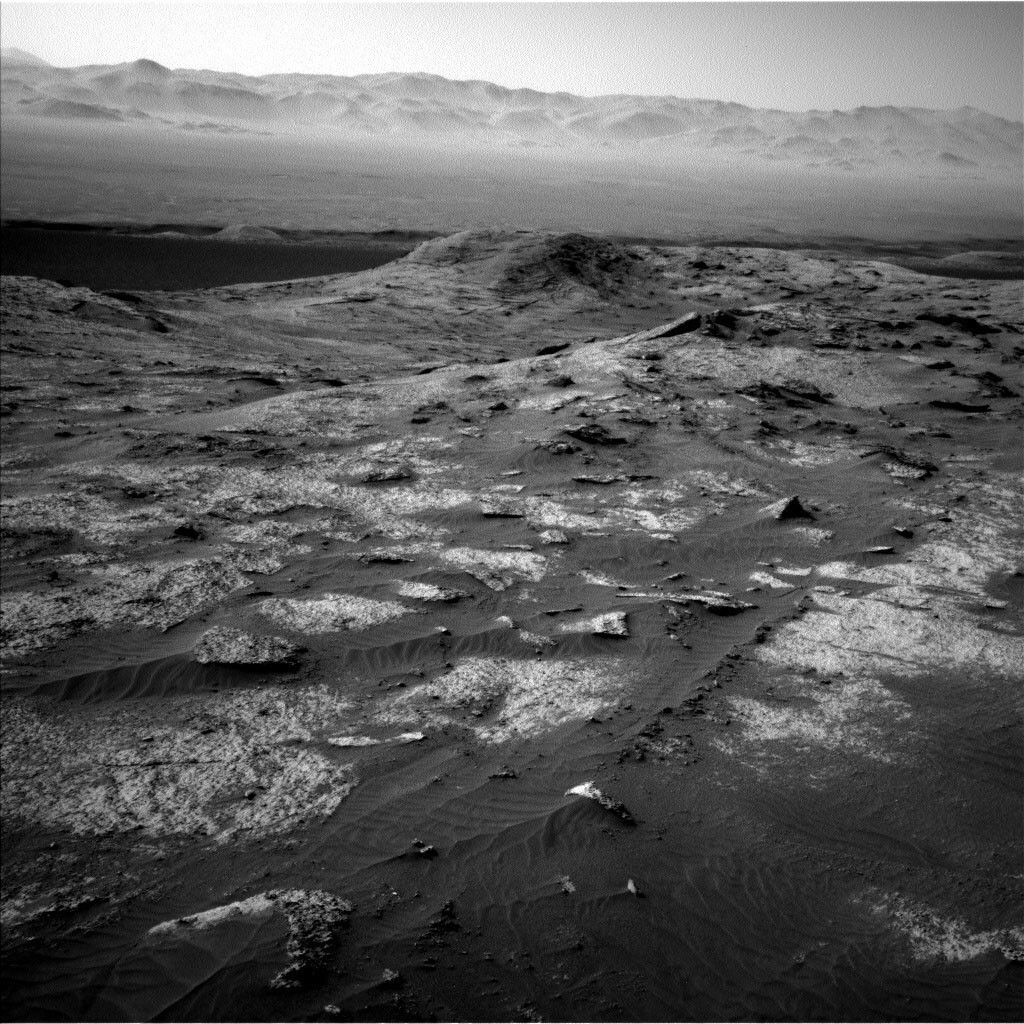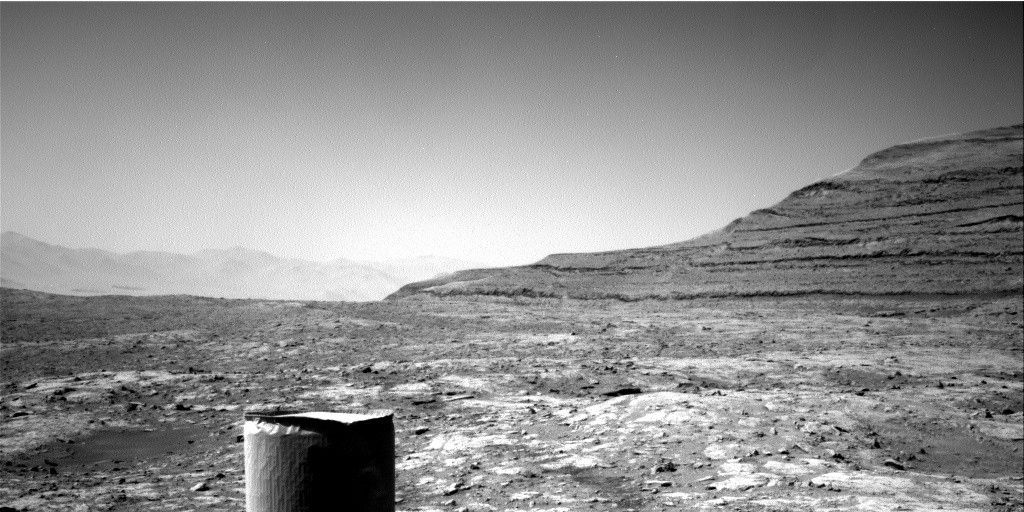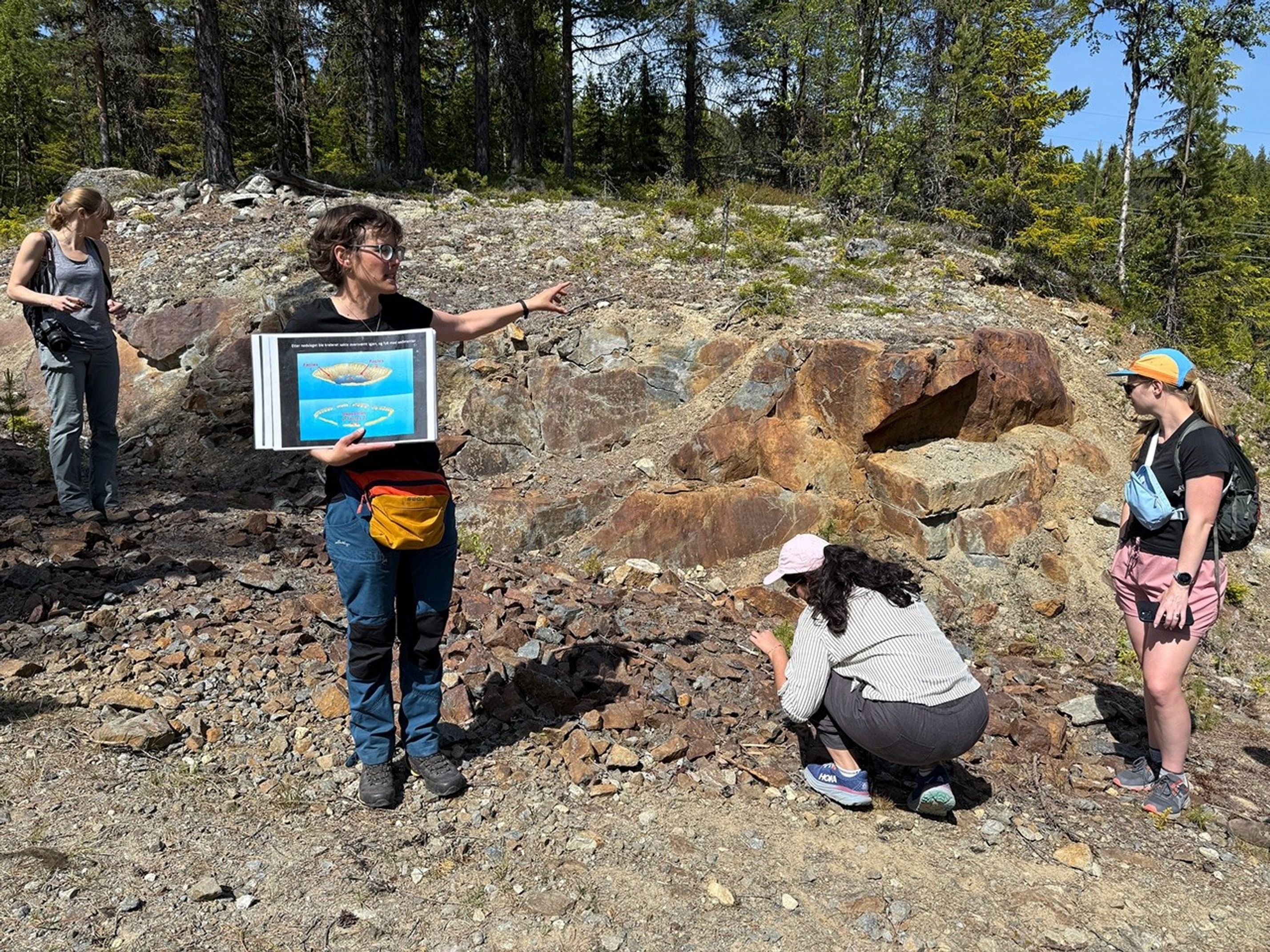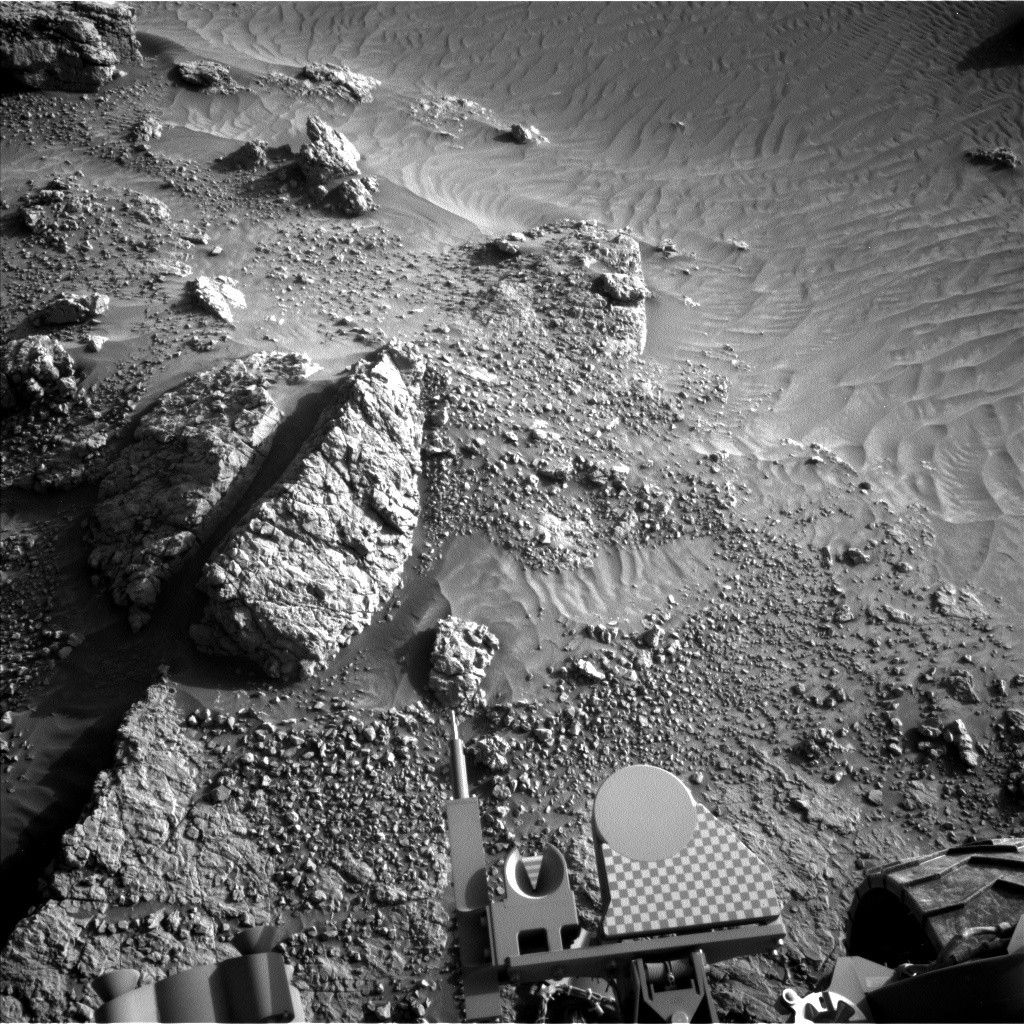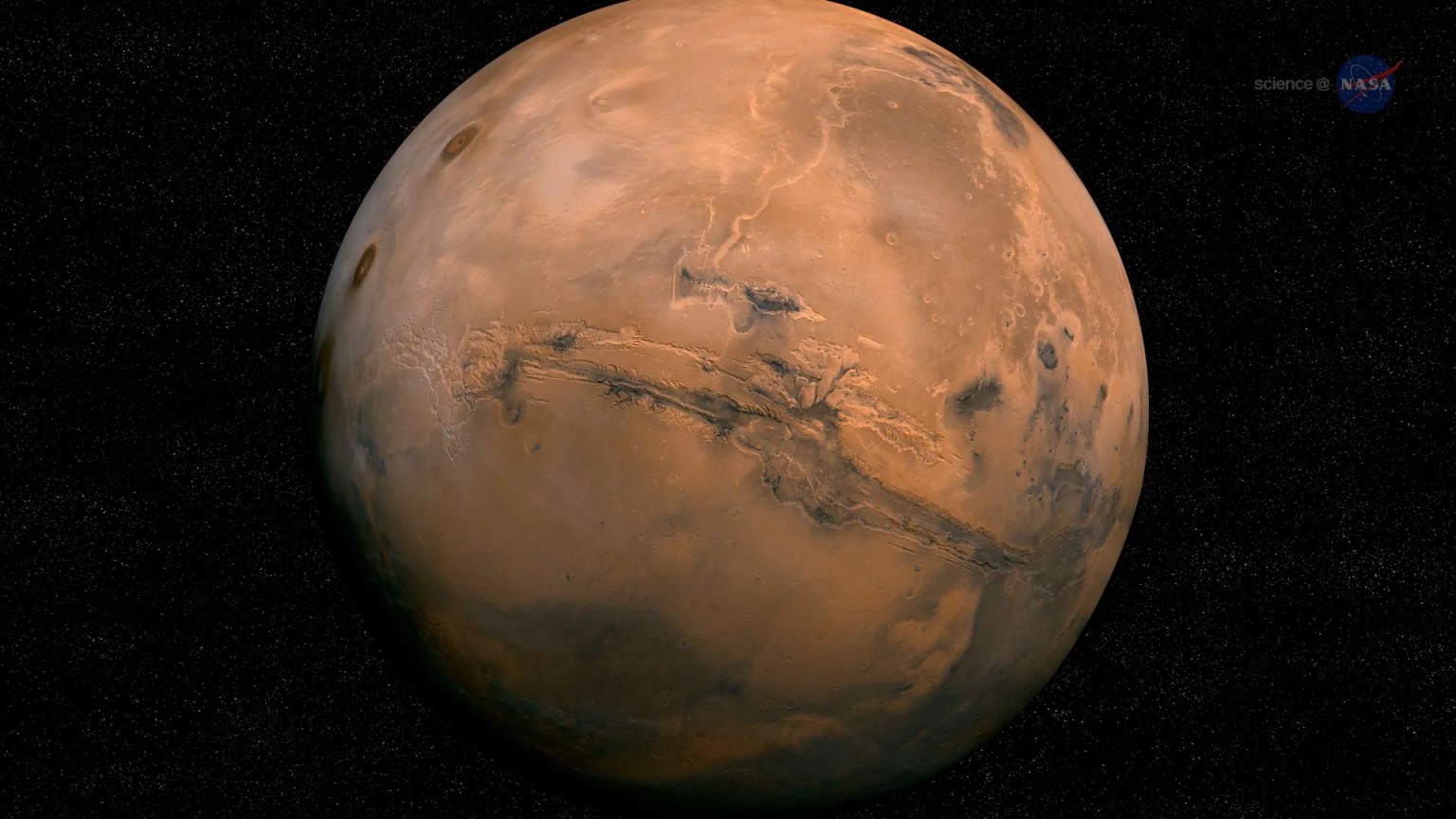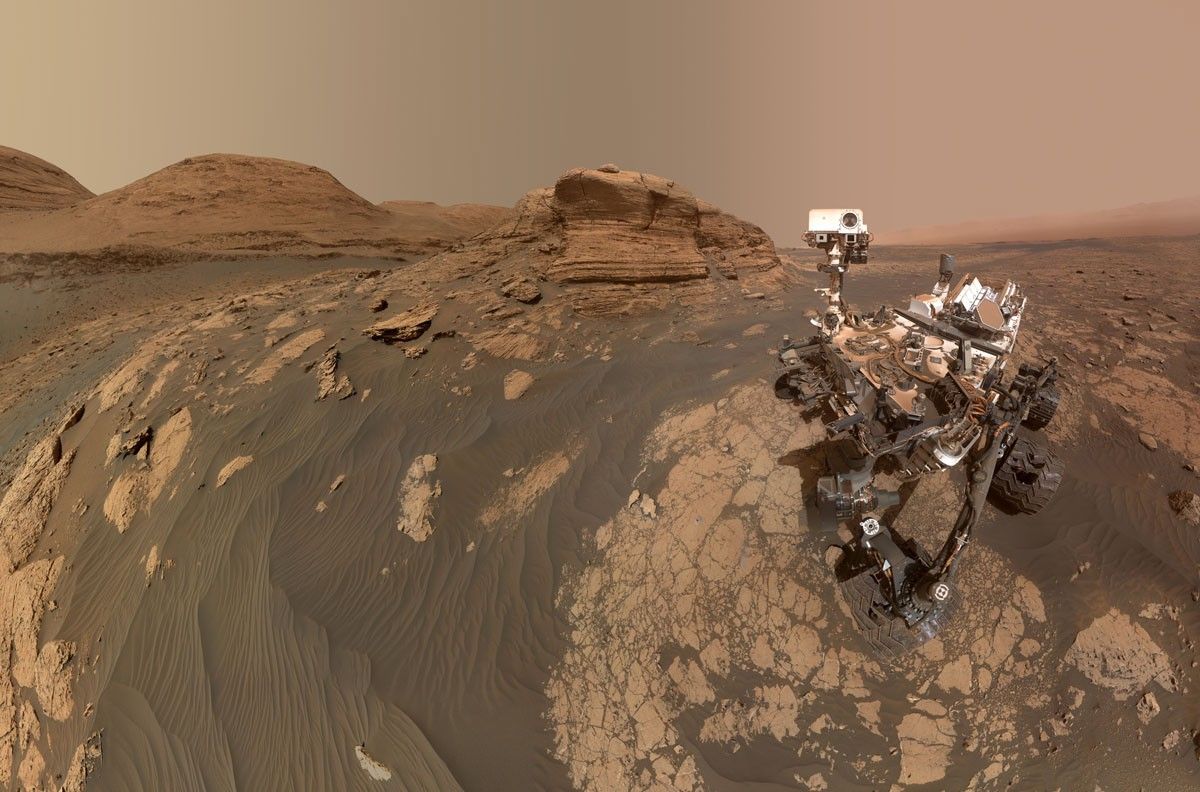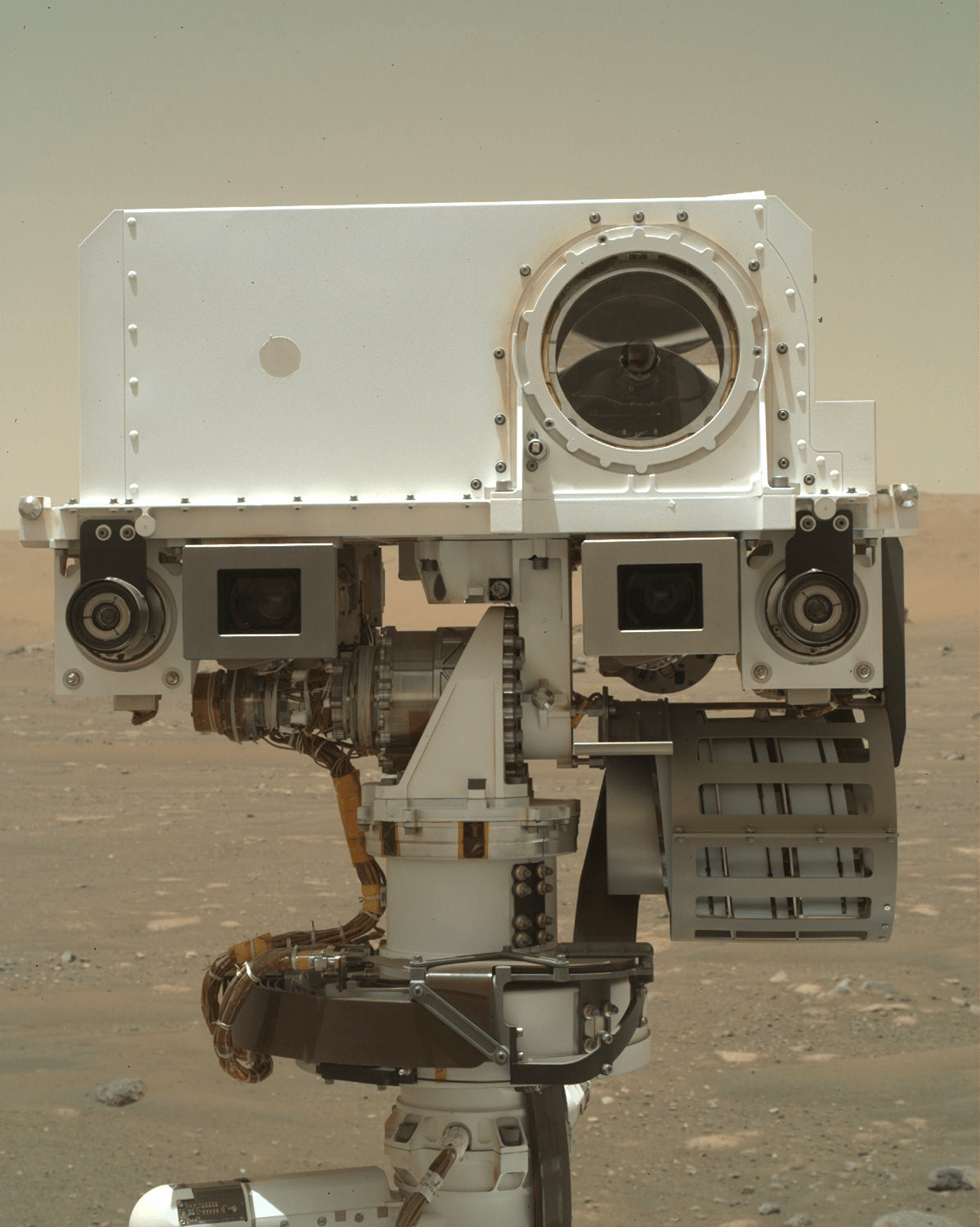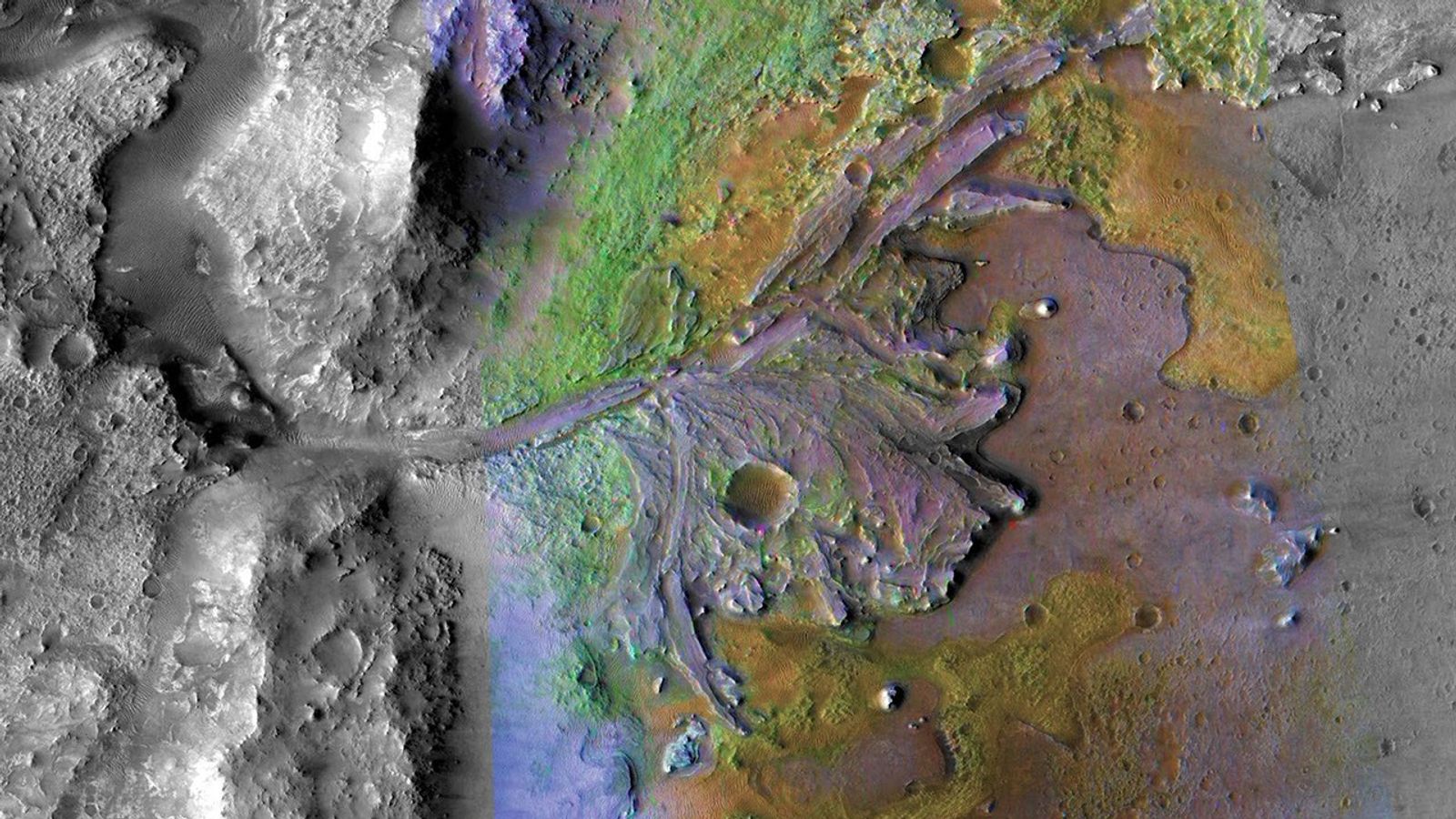Curiosity is making good progress along the path to our next intended drill location, and making a lot of great observations along the way.
Curiosity is making good progress along the path to our next intended drill location, and making a lot of great observations along the way. All of this progress means we’re about to leave the "Nontron" quadrangle and return to the "Torridon" quadrangle. These quad names are how we keep track of observations on Mars - prior to landing, the expected landing zone and nearby areas were divided into square quadrangles (1.5 km on a side) and each quadrangle was assigned a name of a town on Earth with a population of less than 100,000 people. As we drive through the quads, we assign informal names to rock targets that correspond to geologic formations and features from that town on Earth. I was on duty as Long Term Planner today, and one of our jobs is to keep track of our location and target names, so I've been monitoring our progress towards this boundary. What this means is that after today's drive we'll stop using French names from "Nontron" and return to using names from "Torridon" in Scotland. We were previously in this quad, but now we’re much further to the south as we investigate the clay-sulfate transition.
Today's one sol plan is focused on contact science and continuing our drive. The team was able to add in a DRT to remove dust prior to the APXS and MAHLI observations on the target "Blis et Born," which will lead to better data about the bedrock here. The plan also includes two Mastcam mosaics to investigate vertical exposures of nearby stratification, as well as ChemCam LIBS on an interesting blue-gray float rock and a ChemCam RMI to investigate nodular bedrock. The team also planned some Navcam observations to assess the dust content of the atmosphere and search for dust devils. Onwards to Torridon!
Written by Lauren Edgar, Planetary Geologist at USGS Astrogeology Science Center

